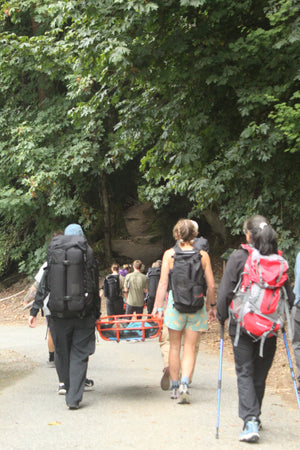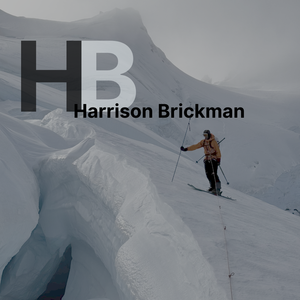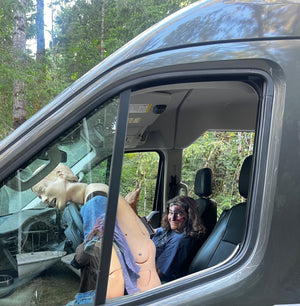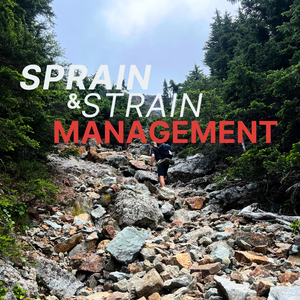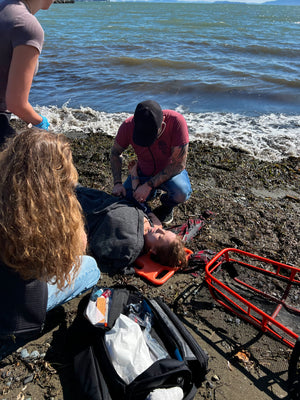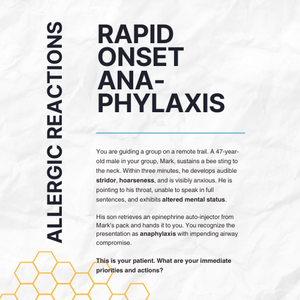Packing List
Proper preparation is the first step toward a successful training experience. Our courses are intensive, hands-on, and often take place outdoors, regardless of the weather. This packing list is designed to ensure you are comfortable, prepared, and ready to learn.
The weather in the Pacific Northwest can change rapidly. Layering is essential. We strongly recommend checking the forecast right before you travel to make any last-minute adjustments to your gear.
Check the Weekly Forecast: NOAA 7-Day Forecast for Bellingham, WA
Essential Course Items
These items are required for participation in the training scenarios and classroom sessions.
Watch with a Second Hand or Digital Seconds: This is mandatory. You will need it for accurately taking patient vitals (heart rate, respirations) during every scenario. A simple, durable watch is perfect.
Government-Issued Photo ID: Required for course check-in and certification processing.
Note-Taking Materials:
-
-
- A waterproof notebook (like "Rite in the Rain") is highly recommended for field use.
- Several pens and/or pencils.
-
Backpack or Day Pack: A sturdy pack (20-30 liters) to carry your personal gear, water, snacks, and extra layers to and from training sites each day.
Clothing
You will need two distinct sets of clothing: one for classroom/personal time and one dedicated to hands-on scenarios.
Scenario & Field Clothing
This set of clothing and footwear will get dirty, stained with simulated blood (moulage), and may potentially be torn or cut during realistic training scenarios. Do NOT bring expensive or favorite items for this purpose. Think durable, functional, and disposable.
1-2 pairs of sturdy, closed-toe "Scenario Shoes" or Boots: Must be comfortable for walking on uneven terrain. These will get dirty.
2 pairs of durable "Scenario" pants: Hiking pants, work pants (e.g., Carhartt), or old jeans.
2-3 "Scenario" shirts: Long-sleeved shirts are recommended for protection. T-shirts are also acceptable.
1 warm "Scenario" mid-layer: A fleece jacket or hoodie that you don't mind getting dirty.
General & Classroom Clothing
Multiple pairs of socks: Bring extra pairs. Wool or synthetic hiking socks are best for keeping feet dry and comfortable.
Comfortable shoes/boots: For walking around and wearing during classroom sessions.
Weather-Appropriate Layers:
-
-
- Waterproof Rain Jacket: A non-negotiable item in the Pacific Northwest.
- Waterproof Rain Pants: Highly recommended.
- Warm Insulating Jacket: A fleece, down, or synthetic puffy jacket.
-
Seasonal Items:
-
-
- For Colder Months (Oct-May): Warm hat (beanie), gloves, and thermal base layers.
- For Warmer Months (Jun-Sep): Sun hat, sunglasses, and sunscreen.
-
Personal Items & Gear
Water Bottle: A reusable water bottle with at least a 1-liter capacity is essential.
Personal Medications: Any prescription or over-the-counter medications you require.
Toiletries: All personal hygiene items.
Snacks: While some meals may be provided depending on your course (e.g., RMAP), we recommend bringing personal snacks for energy during long training days.
Headlamp or Flashlight: With extra batteries. Essential for any potential low-light scenarios or for personal use.
Personal First-Aid Kit: For minor personal needs (blisters, headaches, etc.).
Technology
Laptop or Tablet (Recommended): Highly recommended for students in our REMT, RMUR, and RMAP courses. A laptop is useful for reviewing course materials, taking digital notes, and working on case studies or research in the evenings.
Phone and Charger: A portable power bank is also a great idea for keeping your devices charged in the field.
